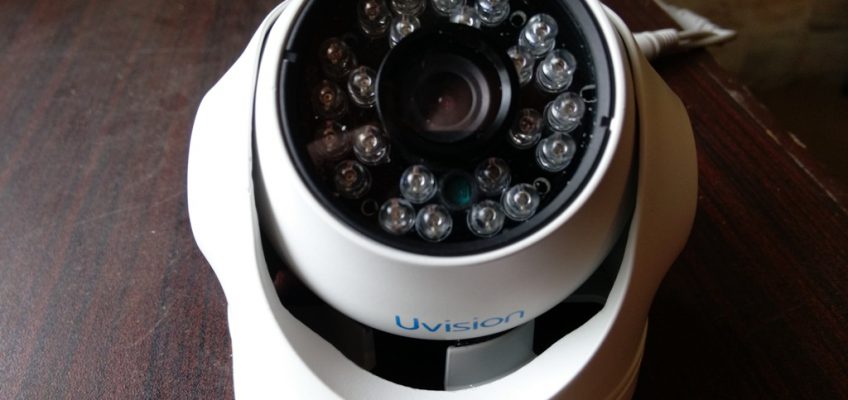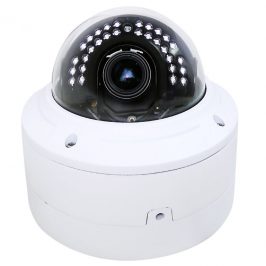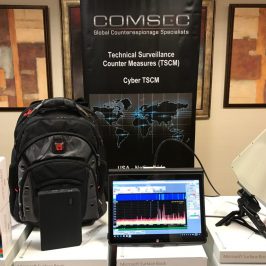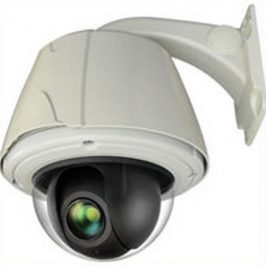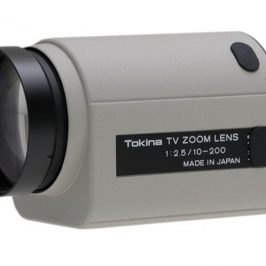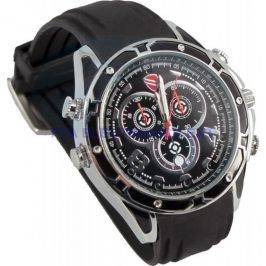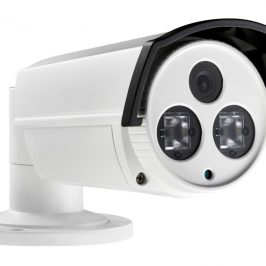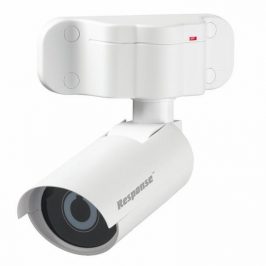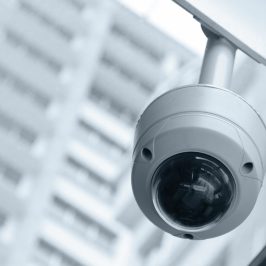Today more and more people have the need to learn how to install security cameras and security camera systems in their home or business. This is because crime is on the rise and DIY security cameras and security camera systems have become higher in quality, more affordable and easy to purchase. Since you no longer have to hire a professional to install security cameras, it is possible to have your home or business under surveillance in no time at – all by yourself, and at an affordable price. Here is some help and some tips on how to install your own security cameras.
Instruction Manual, Tech Support and Warranties
The first thing you’ll need to do, before you purchase any equipment, is to make sure that the system you choose comes with an instruction manual. Not all security camera systems for home and businesses come with a full printed users manual that will walk you through how to install your system. Also it’s a good idea to only purchase a camera system that comes with free unlimited technical support in case you have questions or run into problems. Not every company offers free tech support with the purchase of their cameras and camera systems. Also, check to see if it comes with a warranty on all hardware.
There are basically three pieces of equipment you’ll be working with: the cameras, receiver/DVR and the monitor.
Security Cameras
A security camera system will includes one or more cameras. The cameras come with several features so, before you purchase a system, you’ll want to know what your needs are. Following are some questions to ask yourself, that will help guide you.
• Will you be placing the cameras inside or outside? If you’ll be placing cameras anywhere outside you’ll need cameras that are built tougher than typical indoor security cameras. Outdoor cameras will be exposed to vandalism and the elements, such as wind and extreme heat or cold. There are many outdoor cameras available that are built to withstand all these outdoor conditions.
• Do you need color or black and white cameras? If there are certain situations where it is important to record details such as color of hair, vehicles or clothing, you’ll need color cameras. Black and white cameras are best if you need higher resolution and generally are less expensive than color. They also are best if you will be using infrared in no light or low light conditions.
• Do you prefer wired or wireless cameras? Hardwired Camera Systems are more reliable than wireless will require that you drill holes into walls to mount cameras and to feed wires through the walls. Wireless Security Camera Systems use radio frequency through the air from the camera’s transmitter to a receiver. The receiver picks up the signal and transfers it to a TV or Monitor or Digital Video Recorder. So no wiring is required. Wireless cameras are much easier to install and can be mounted almost anywhere and can be moved around with more ease.
• Is there a natural light source and will you be using them in darkness? Infrared cameras are a must if you will be monitoring any areas that are in total darkness or have low light situations at different times.
• How many cameras do you need? Decide how many locations you want monitored, such as doors, windows, driveway etc. This will give you an idea of how many cameras you will want included in your security system. Most security camera systems come with one or two cameras. If you might need to add more cameras, make sure the system you choose is capable of adding more cameras later.
Mounting Your Cameras
First, plan your exact security camera viewing area. This will help you decide where you will be placing the camera or cameras. If your cameras need to be mounted on a wall or other structure hold them in the position and mark the spot prior to mounting the bracket in place. If you are using a wired system, decide which areas are best to drill holes in the wall for cables. Try to expose as little of the wiring as possible in order to prevent vandalism. If you are using wireless cameras you don’t need to worry about this.
Receiver/DVR
Next, connect the camera to the receiver or DVR according to the directions. Wireless cameras use no cables but keep in mind that they need to be placed within range of the receiver for it to receive transmission.
Monitoring
After you wire the cameras to a transmitter or recording device, you will then have to connect the recording device to a monitor for viewing. There are several monitoring options available. Some systems allow you to easily connect the camera to a typical monitor or to a TV. With others you can use your cell phone or computer as a monitor.
Alarms
Home security camera systems are not the same as home security alarm systems because they do not alert you if there is an intruder. Therefore, security camera systems are often used in conjunction with home security systems.
Features Available
Lastly, here are some features you’ll want to make sure come with your security camera system:
• Instruction manual
• Cameras
• Receiver/DVR
• Quick Start Guide
• Mounting hardware
• Software CD if necessary
• Power adapters and power solutions
• Video Out Cable
• Warning stickers for windows
• Ethernet cables for Wireless
• Remote controls (optional)

